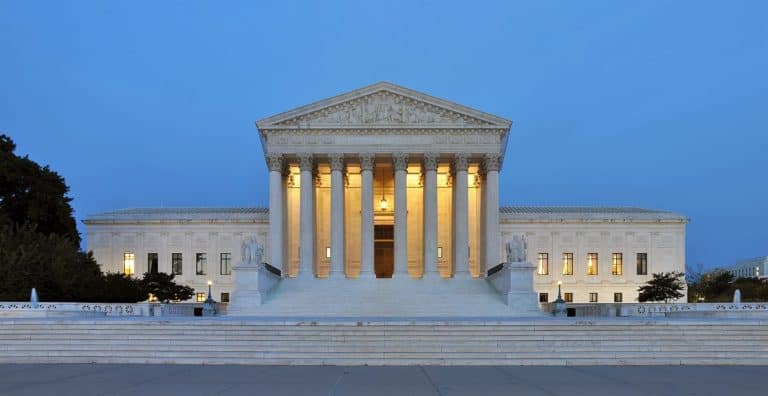Divya Nimmagadda is a student at Harvard Law School.
It was announced on Wednesday that the Service Employees International Union (SEIU) is joining the AFL-CIO, bringing the latter’s membership to nearly 15 million. The AFL-CIO is a federation of more than 50 unions; now that the SEIU is joining in under the umbrella organization, it has become the largest of the member unions. The SEIU is the nation’s second largest labor union, with around 2 million members, and has primarily organized workers in healthcare, property services, and public work. The SEIU was previously part of the AFL-CIO umbrella, but split from the group in 2005 over a rift in strategy – the SEIU and some other unions wanted to increase focus on organizing new members. While both groups have denied that the most recent election was the impetus for this alliance, they have acknowledged that the solidarity between the two groups will enable a stronger defense to any potential threats to labor or to workers from the Trump administration. Liz Schuler, president of AFL-CIO, stated that the unions are “amassing our forces, building our strength and our power before the inauguration…Working people will continue to demand that our voices be heard.”
Also on Wednesday, dockworkers on the East and Gulf Coasts reached a tentative labor agreement. Back in October, after a brief strike, the port workers and their employers agreed to a 62% raise over six years and aimed to come to agreement on other provisions of the labor agreement by January 15th. One of the most contentious of these topics was that of automation and the introduction of technology that could reduce human jobs. In a joint statement, the two parties stated that: “This agreement protects current I.L.A. jobs and establishes a framework for implementing technologies that will create more jobs while modernizing East and Gulf Coasts ports.” While the exact points of the agreement are not yet available, it has been reported that the workers got guarantees that introduction of technology would be accompanied by increased port jobs, and the employers had achieved language that would allow them to more easily introduce technology to the port settings.






Daily News & Commentary
Start your day with our roundup of the latest labor developments. See all
July 11
Regional director orders election without Board quorum; 9th Circuit pauses injunction on Executive Order; Driverless car legislation in Massachusetts
July 10
Wisconsin Supreme Court holds UW Health nurses are not covered by Wisconsin’s Labor Peace Act; a district judge denies the request to stay an injunction pending appeal; the NFLPA appeals an arbitration decision.
July 9
the Supreme Court allows Trump to proceed with mass firings; Secretary of Agriculture suggests Medicaid recipients replace deported migrant farmworkers; DHS ends TPS for Nicaragua and Honduras
July 8
In today’s news and commentary, Apple wins at the Fifth Circuit against the NLRB, Florida enacts a noncompete-friendly law, and complications with the No Tax on Tips in the Big Beautiful Bill. Apple won an appeal overturning a National Labor Relations Board (NLRB) decision that the company violated labor law by coercively questioning an employee […]
July 7
LA economy deals with fallout from ICE raids; a new appeal challenges the NCAA antitrust settlement; and the EPA places dissenting employees on leave.
July 6
Municipal workers in Philadelphia continue to strike; Zohran Mamdani collects union endorsements; UFCW grocery workers in California and Colorado reach tentative agreements.